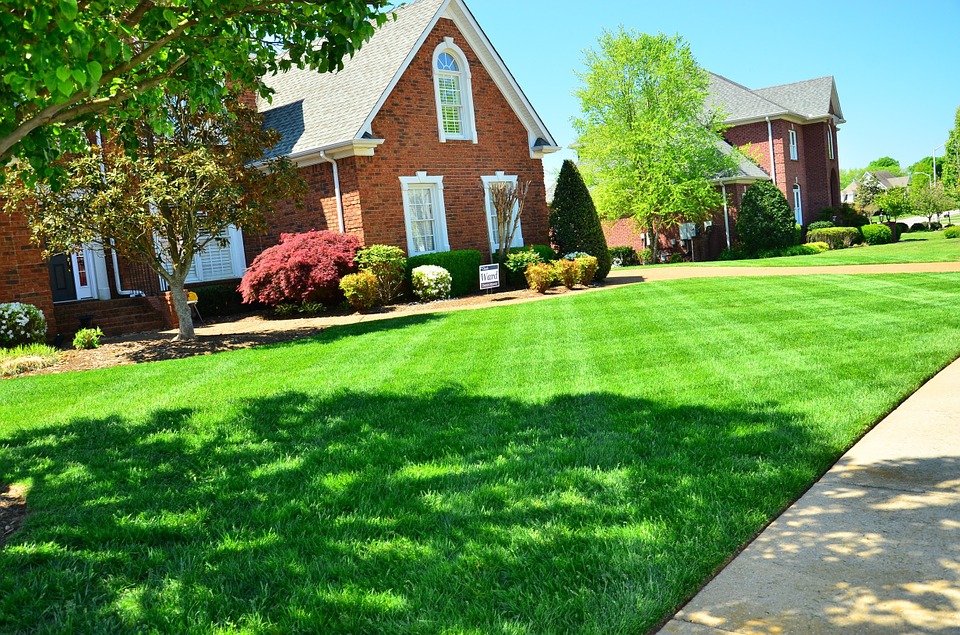DIY vs. Hiring a Professional: The Pros and Cons of Outsourcing Your Lawn Care
March 6th, 2024If you’re a homeowner, staying on top of lawn care lets you feel proud of your home. If you own a business, an attractive lawn can help you make the right impression on potential customers. According to TK Business Magazine, research shows 95% of customers account for a business’s curb appeal when deciding whether to shop there.
Lawn care is important. However, you may not know whether it’s a task you need to handle yourself. Should you outsource your lawn care to professionals instead?
There’s no one answer to this question. You’ll be better able to determine the right option for you when you consider the pros and cons of outsourcing lawn maintenance.
Advantages of Outsourcing Your Lawn Care
The reasons you might consider hiring professionals to maintain your lawn are numerous. Potential benefits of outsourcing lawn care include:
- Saving time: You might simply be too busy to care for your own lawn. Maintaining a commercial property’s lawn may be particularly time-consuming. Hiring professionals to handle lawn care gives you more freedom to focus on other tasks.
- Avoiding unnecessary expenses: In some instances, spending money is one of the drawbacks of outsourcing your lawn care. However, it’s also important to consider that proper lawn care may require the use of various tools and equipment. Purchasing, storing, and maintaining that equipment yourself isn’t necessary when you hire professionals.
- Achieving ideal results: Lawn care professionals may be more likely to achieve ideal results than you are. Someone who maintains lawns for a living knows techniques to ensure your lawn looks its best.
Also consider that you might have minimal experience with lawn care. Hiring professionals may be easier than learning everything you need to know about lawn maintenance.
Disadvantages of Outsourcing Your Lawn Care
Hiring professionals to maintain your lawn is beneficial in many ways. That said, you might have reasons not to outsource your lawn care. They could include:
- Saving money: As mentioned earlier, outsourcing lawn care may be more cost-effective in the long run. You’ll have to purchase equipment to maintain a lawn on your own. Lawn care can also involve various hidden costs, like costs for specialty products you didn’t know you would need. However, in the short term at least, handling your own lawn care may be more affordable than hiring someone else to.
- Lack of direct involvement: Some property owners feel the need to directly involve themselves in as many property maintenance tasks as they can. They may feel they can take greater pride in a property when they know they’ve helped to maintain it. If you’re such a person, outsourcing your lawn care might feel unfulfilling.
The extent to which you do or don’t benefit from outsourcing lawn care may also depend on what type of property you own. The larger the property, the more you may consider hiring lawn care professionals.
Understand What Lawn Care Involves
When deciding whether to outsource your lawn care or handle it yourself, it’s important to know what thorough lawn upkeep consists of. Tasks and duties lawn care may involve include:
- Irrigation
- Mowing
- Nutrition and fertilization
- Weed and insect control
- Various tasks to transition between seasons
Consider this when making a decision. Most importantly, don’t stress too much! Lawn care is an ongoing process. If you make the “wrong” decision one time, you can always correct your mistake by making the other decision the next time your lawn requires maintenance.
Contact Arizona Sod Producers and Suppliers
Proper lawn maintenance doesn’t always guarantee an attractive lawn. You also need the right sod for your lawn to look its best.
That’s exactly what we at Evergreen Turf offer. Our Arizona sod producers can offer the perfect option for your property. Contact us online today or call us at (480) 456-1199 to learn more.

